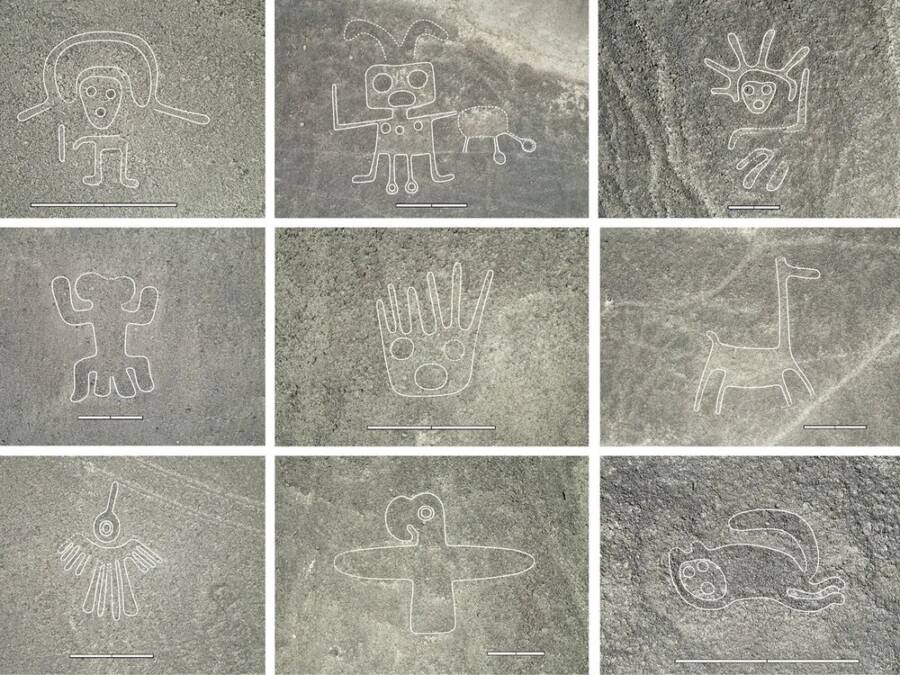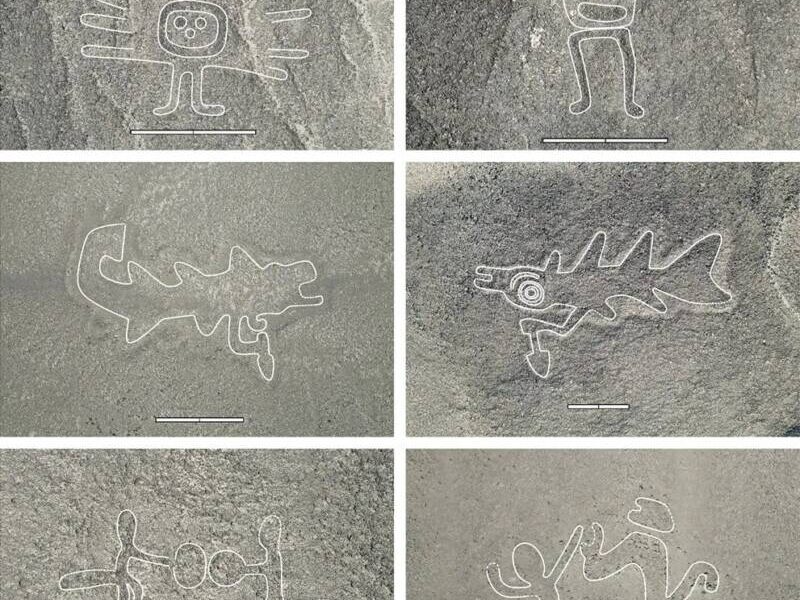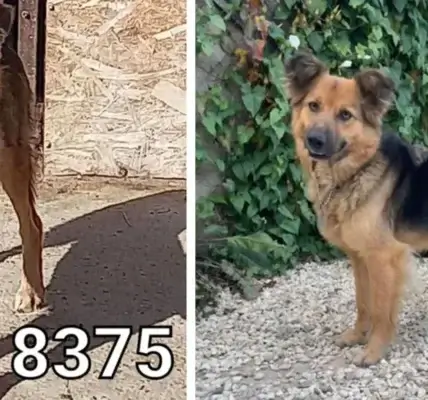AI Helps Uncover 303 More Nazca Line Drawings
Over two millennia ago, the Nazca civilization of southern Peru engraved massive figures, known as geoglyphs, into the desert. These massive drawings, etched into the desert’s surface, were rediscovered in 1927, but up until now, only 430 of these mysterious designs had been identified. That is, until artificial intelligence (AI) decided to step into the game.
Fast forward to 2024: a whopping 303 new geoglyphs have been discovered thanks to a blend of technology and archaeology. AI just made archaeology a lot cooler, and this fresh discovery is taking our knowledge of the Nazca people to new heights.
What Are the Nazca Lines?
The Nazca Lines are a series of large geoglyphs located in the Peruvian desert, created by the Nazca civilization sometime between 200 B.C.E. and 600 C.E. Using their bare hands, the Nazca people painstakingly removed the reddish stones and pebbles that blanketed the desert to reveal the light-colored earth beneath. The result? Stunning, larger-than-life artworks depicting everything from animals to plants to geometric shapes. Some lines stretch as long as 30 miles, while the animal figures—like the famous monkey or hummingbird—measure up to 1,200 feet long.
For almost a century, these drawings were a mystery to researchers. Theories about why the Nazca created these lines range from astronomical calendars to spiritual significance. UNESCO has called the Nazca Lines an “outstanding” achievement of ancient art, and they’ve been listed as a World Heritage Site since 1994. Still, one thing has always stumped researchers: there must be more out there—somewhere. But how could they find them in such a vast desert?
How AI Cracked the Case
Enter Masato Sakai, an archaeologist from Japan’s Yamagata University, who led a team using AI technology to scan satellite images of Peru’s Nazca Desert. By training AI models to detect even the faintest markings on the desert floor, the system could identify potential geoglyphs 20 times faster than a human eye ever could. Pretty impressive, right?
“The traditional method of study was slow and often left room for errors,” Sakai explains. “With AI, we’re able to find the geoglyphs much more efficiently.”
And it worked—big time. After AI flagged the lines, researchers headed to the desert, confirming the AI findings with drones and good old-fashioned boots-on-the-ground inspections. Among the 303 newly discovered drawings are depictions of humans, cats, birds, fish, and even an orca wielding a knife. Yep, you read that right.
Orca with a Knife: What’s the Deal?
One of the most peculiar finds was an image of an orca—not just any orca, but one holding a knife. What’s going on here? According to Sakai, orcas were significant to the Nazca people. In fact, depictions of orcas carrying knives have been found on ancient pottery as well. “On some pottery from the Nazca period, there are scenes depicting orcas with knives cutting off human heads,” Sakai told New Scientist. That suggests the orcas may have represented something sinister or ritualistic, possibly tied to human sacrifice.
It’s this combination of discovery and mystery that makes the Nazca Lines so fascinating. Were they ritualistic markings? Or perhaps astronomical symbols? While we may never know for sure, every new discovery adds a fresh piece to the puzzle.

AI: The Future of Archaeology?
Let’s face it: AI isn’t just for writing your emails or picking out your next Netflix binge anymore. It’s becoming an invaluable tool in archaeology. The AI model used by Sakai’s team identified drawings that were practically invisible to the naked eye, buried beneath centuries of erosion. Some geoglyphs are so faint that even the best satellite imagery can’t catch them—but AI can.
So what’s next? The AI program has already flagged an additional 250 potential sites. While they haven’t been confirmed yet, it’s only a matter of time before even more Nazca Lines are added to the ever-growing catalog.
Why Should We Care?
The discovery of these new Nazca Lines is more than just a cool headline. It gives us a glimpse into the lives, culture, and rituals of a civilization long gone. Every new geoglyph tells us a little bit more about how the Nazca people saw the world, what they valued, and what they feared. And thanks to modern technology, we can continue to unravel their mysteries.
But more than that, it also shows how modern tools like AI can be used to solve problems in unexpected ways. From healthcare to climate science, AI is revolutionizing how we approach the world’s biggest questions. In this case, it just happened to find some giant animal drawings in the desert.

The Future of the Nazca Lines
With hundreds of geoglyphs still left to explore, the possibilities are endless. Imagine what else could be hiding beneath the sands of southern Peru. Perhaps even more bizarre and mind-boggling figures are waiting to be uncovered—maybe an alpaca with a sword this time? We can only hope.
One thing is for sure: as AI continues to develop, we’re likely to see even more discoveries, both in Peru and around the world. Who knows? The next big breakthrough in archaeology might be just around the corner.





